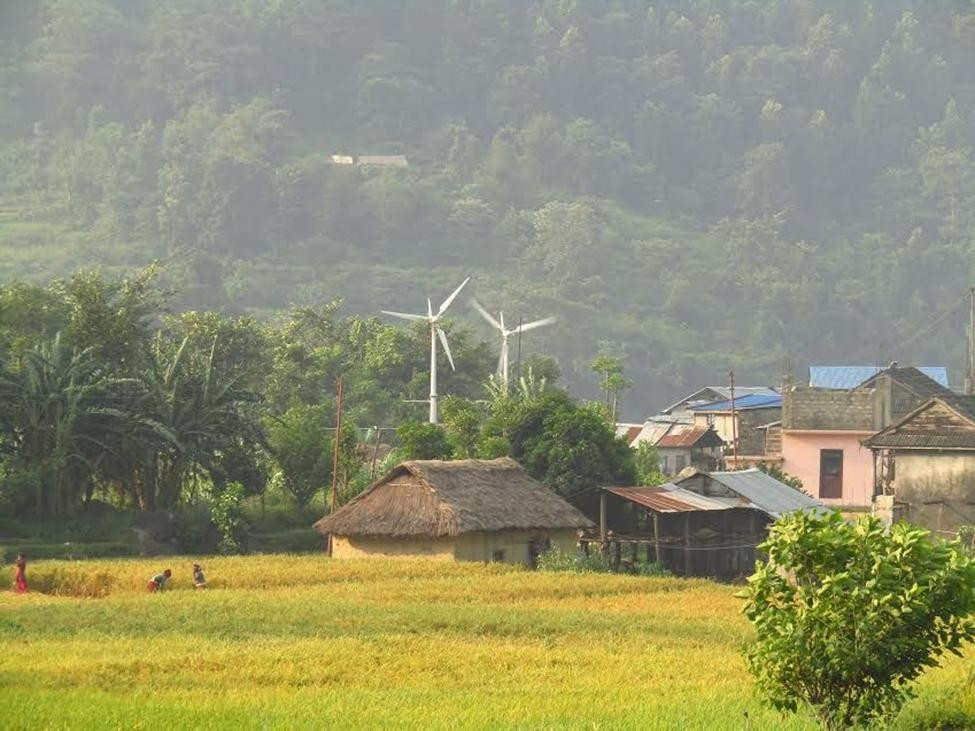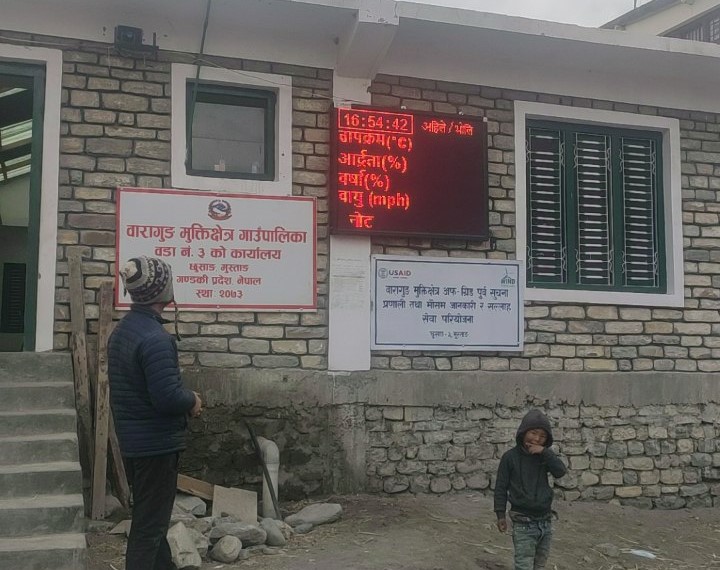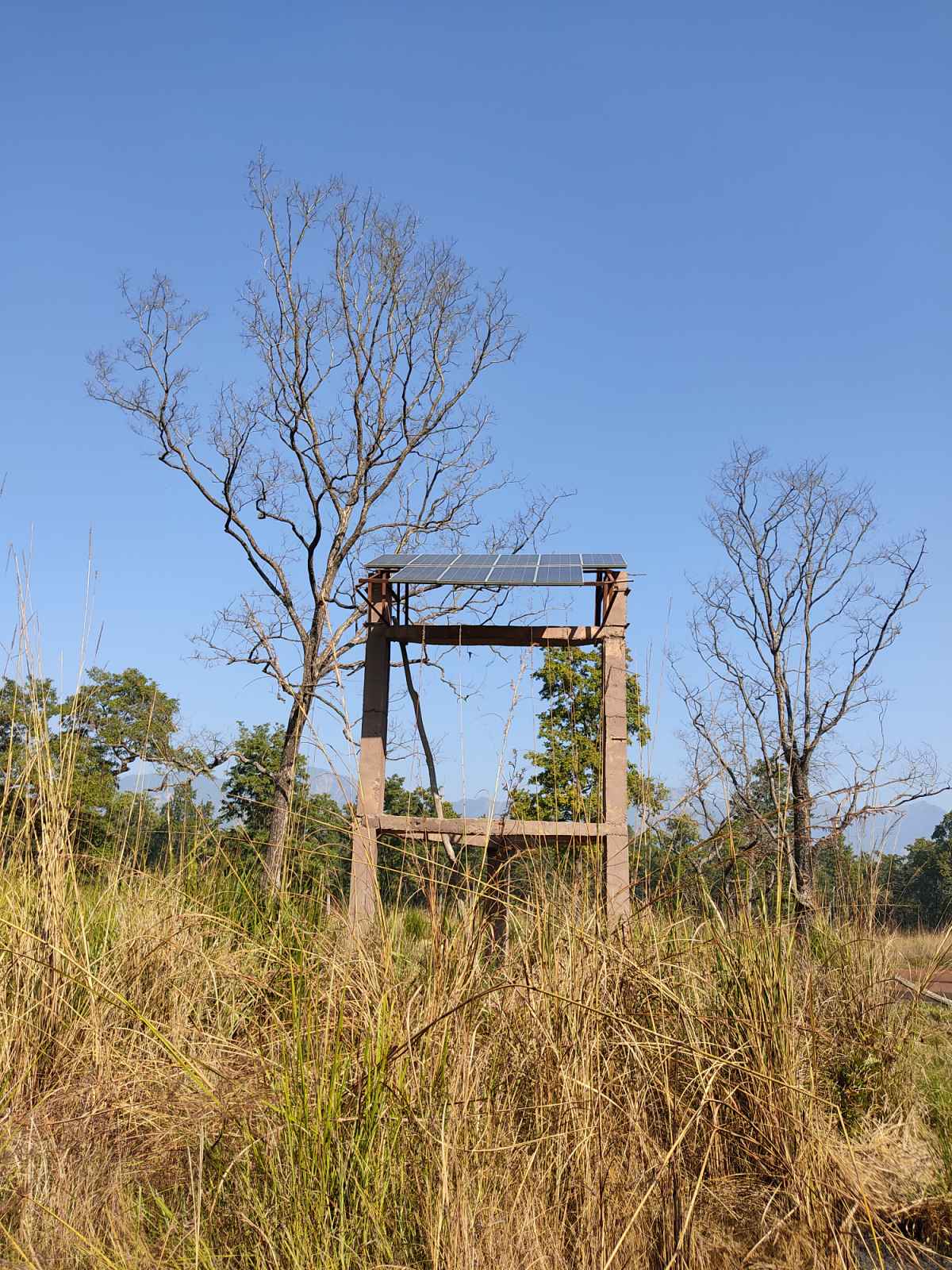Rapid technology development has ensued the wind energy industries. Since the commercial deployment of the first wind turbine of 15-meter diameter in the 1980s, the average size of wind turbines has grown by tenfold in the last 30 years. It is nearly 152 m today and the new extra large turbines could approach 305 m in diameter soon. The largest wind turbine currently in operation is Enercon E126 turbine; it has a rotor diameter of 127 m and a total height of 198 m, with a rated capacity of 7.58 MW.
Bigger turbines have lesser carbon footprint as they harness wind power more efficiently and without proportional increase in their mass. Bigger turbines have also resulted in reduction in the cost of wind power generation. EWEA report shows that, in Denmark, the average cost per kWh for a coastal site has decreased by more than 40% between 1980s and 2006. In the mid 1980s, cost per kWh wind generation was around 9.2 Euro cent for a 95kW turbine, while by 2006 the cost was around 5.3 Euro cent for a 2 MW turbine.
According to the Lawrence Berkeley National Laboratory in the U.S., for 2012- 2013, wind power generation is coming in at 5-7 cents per kWh full life cycle cost of generation without subsidies.
This remarkable improvement over the past three decades will play a significant role in increasing the production of electricity from wind in the future.




